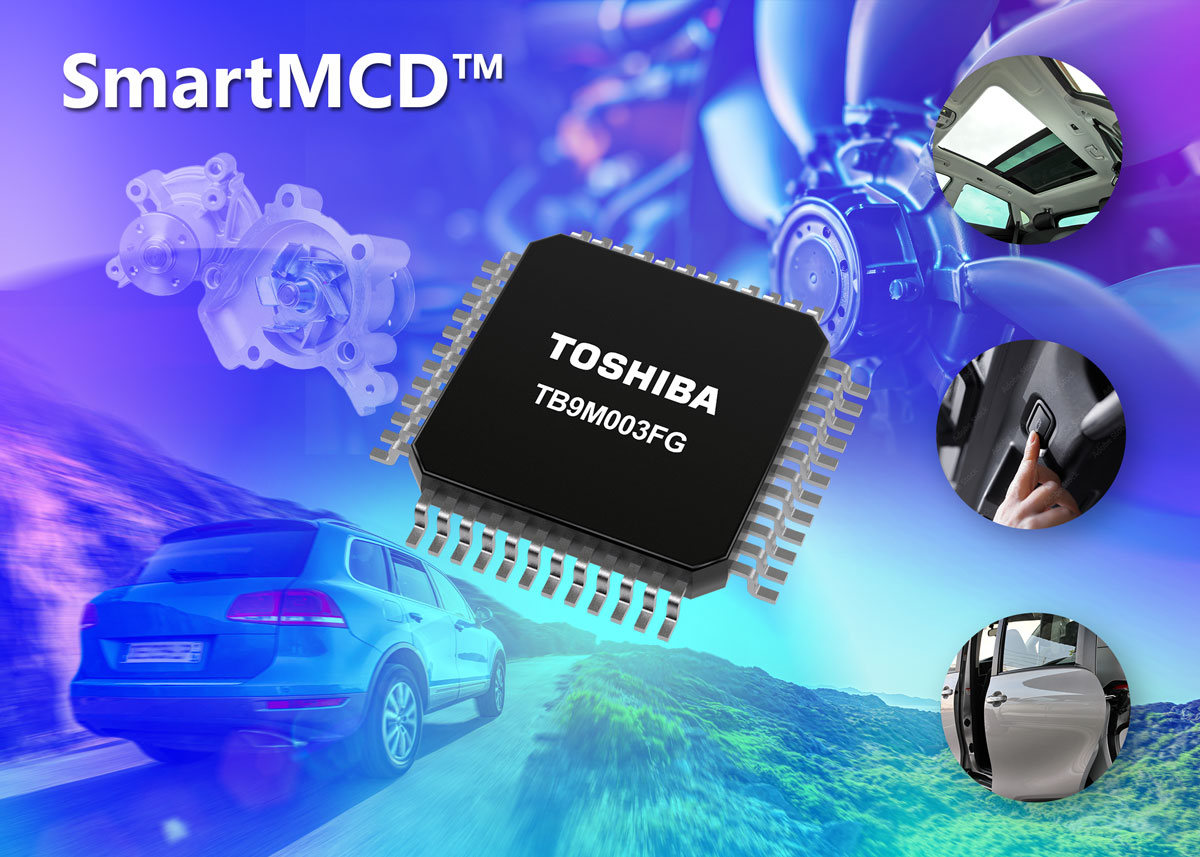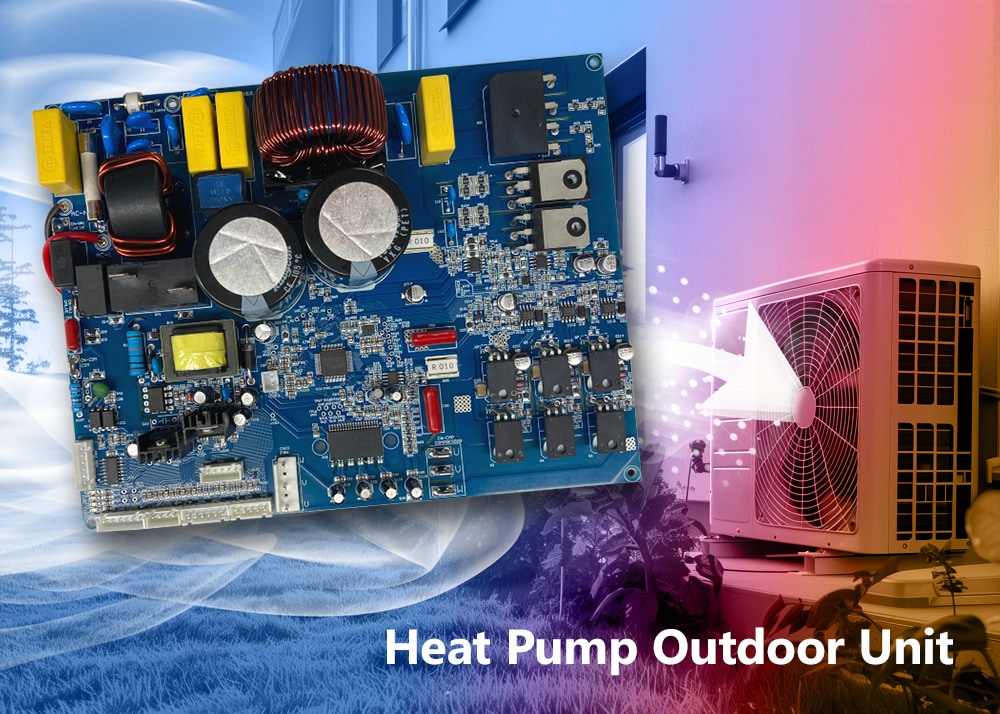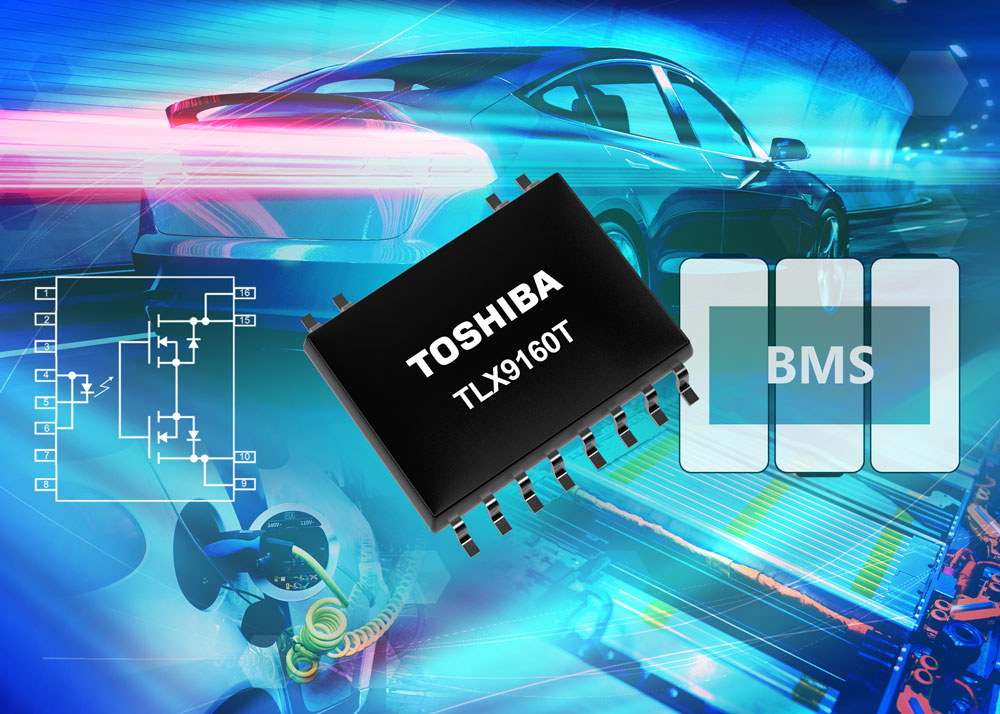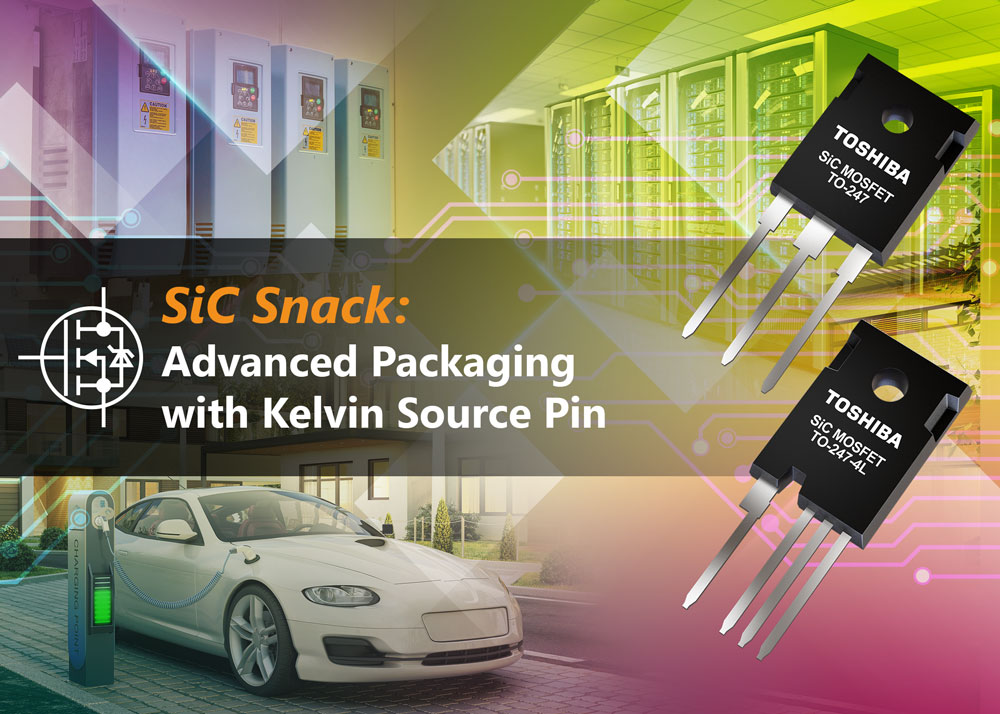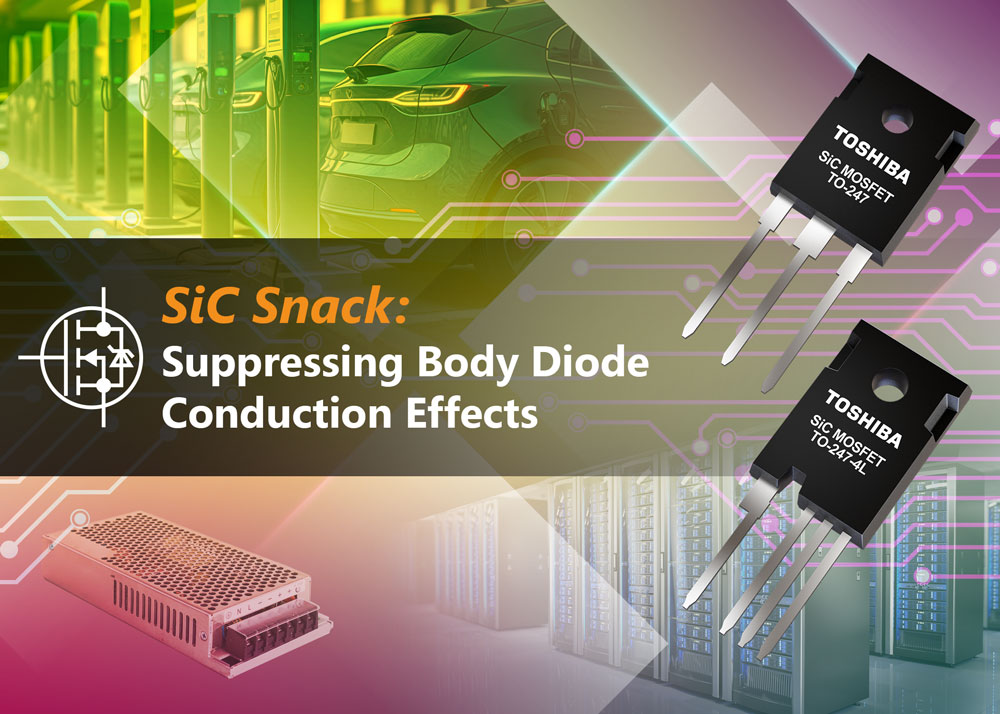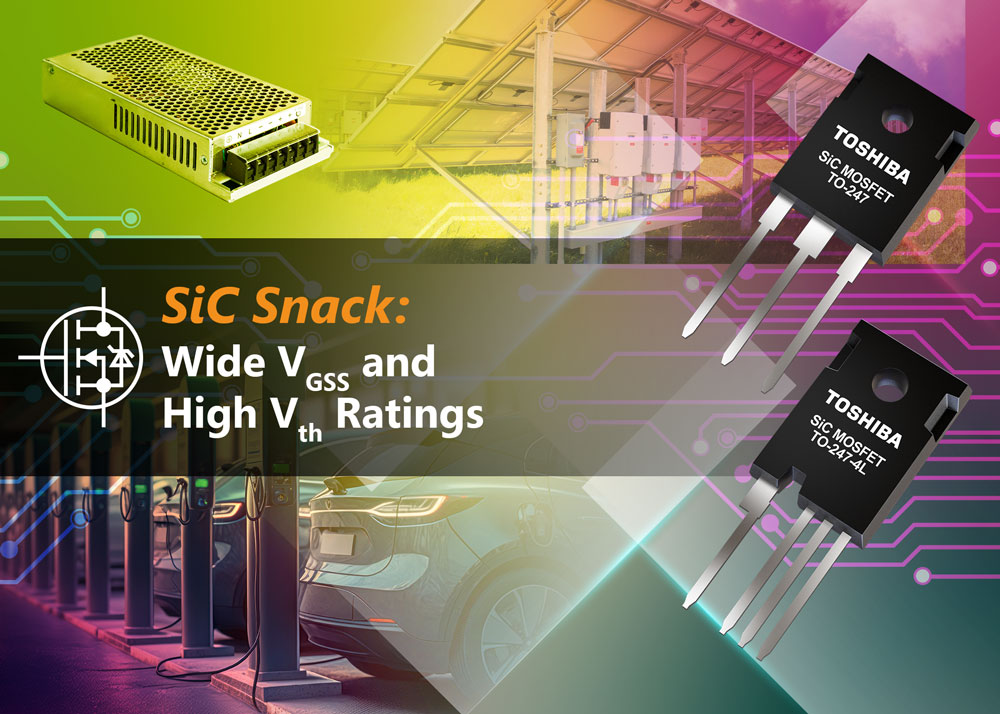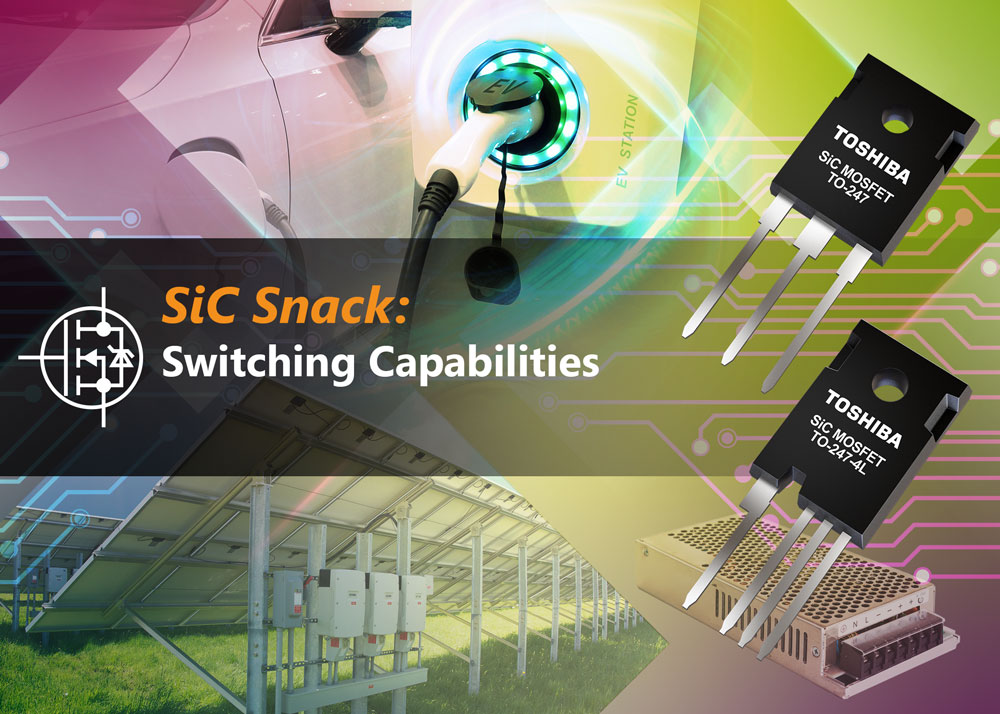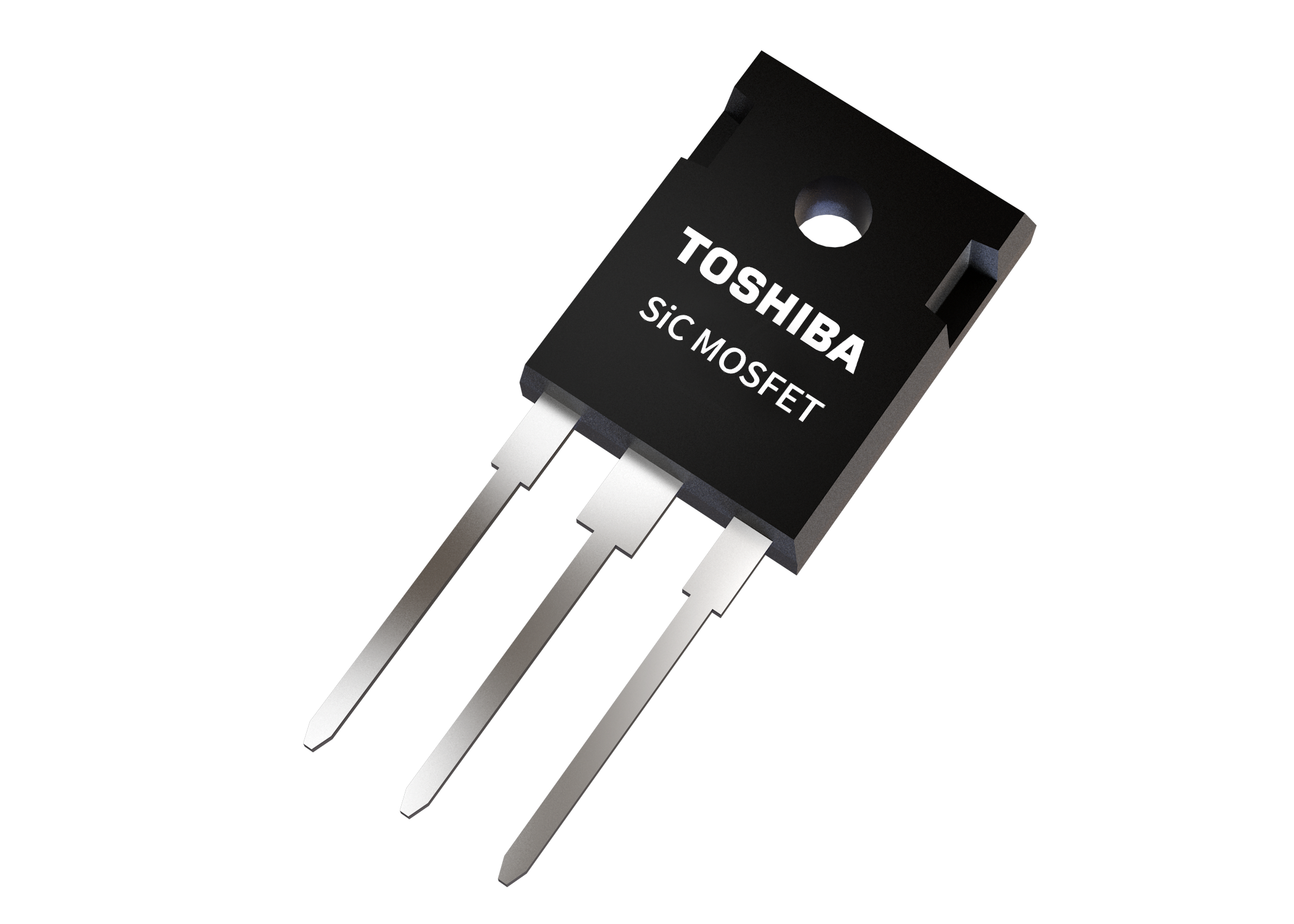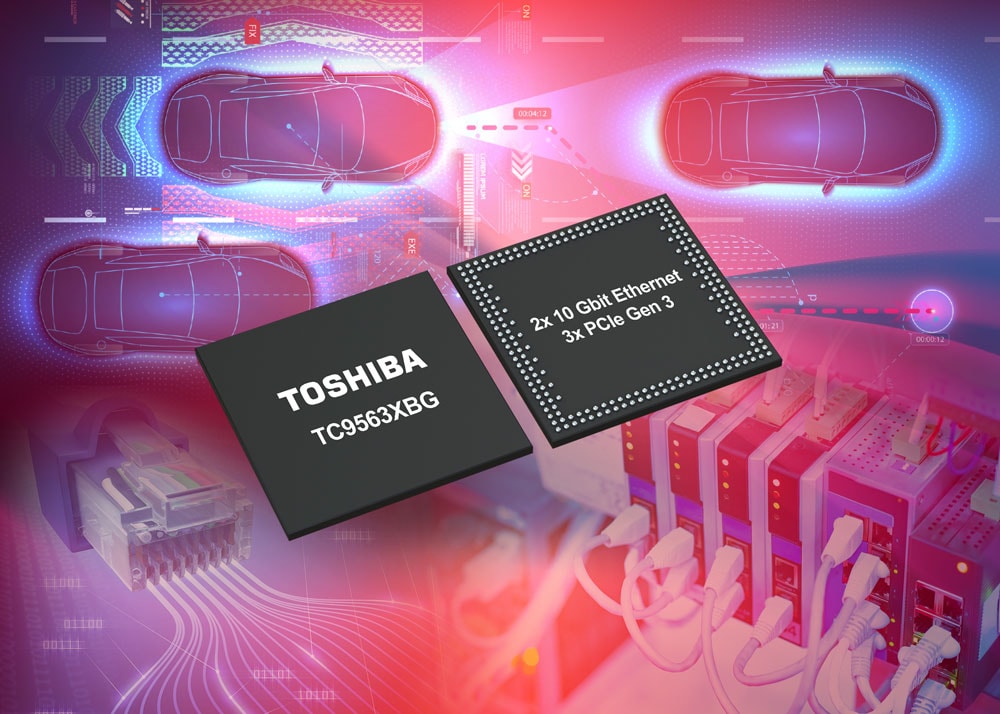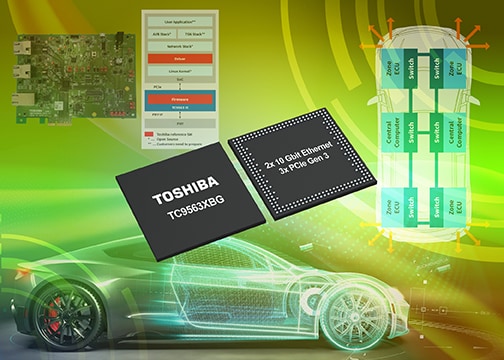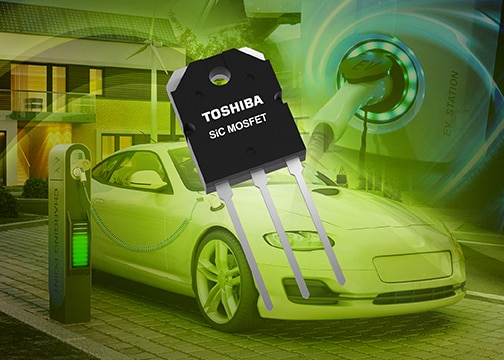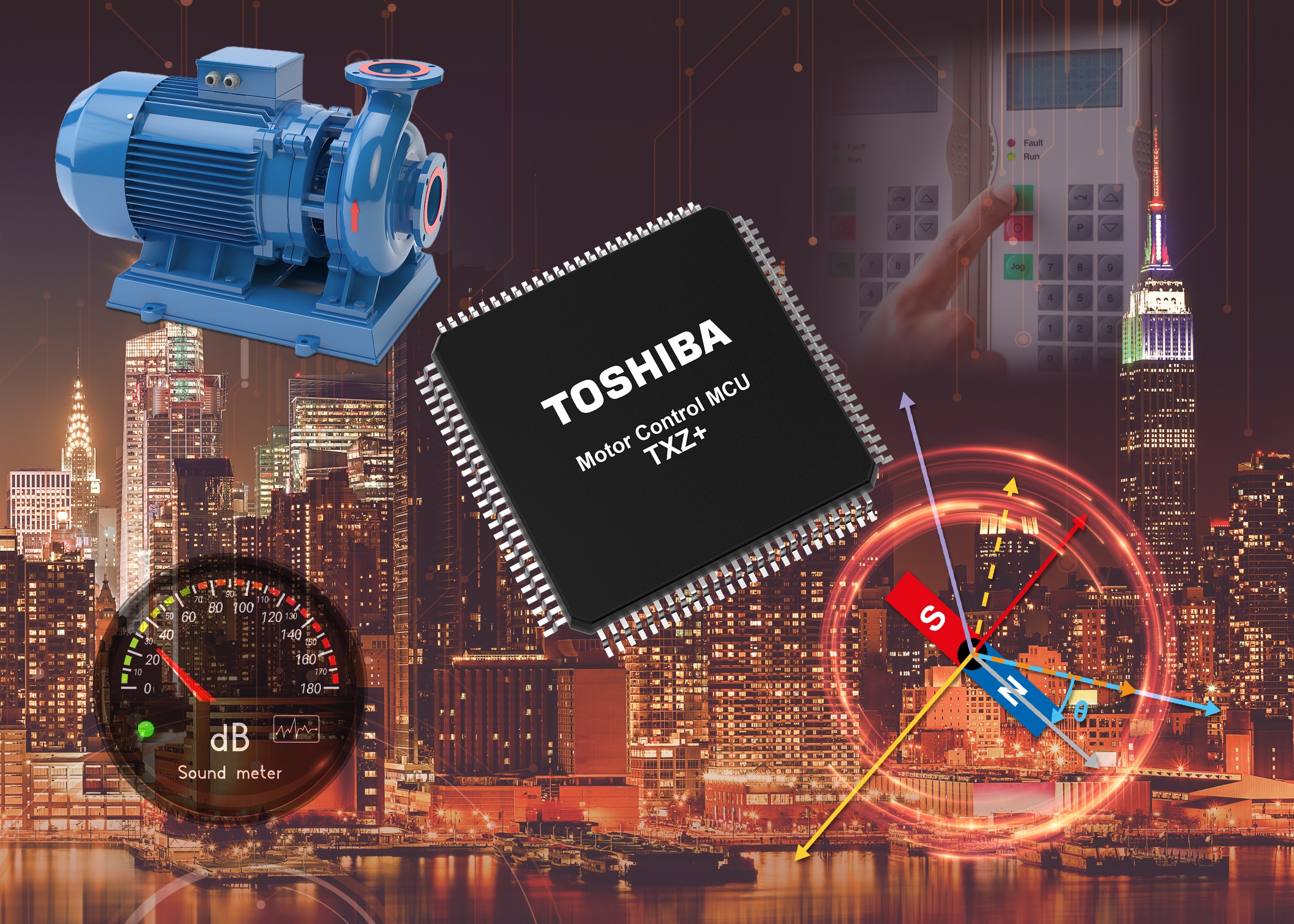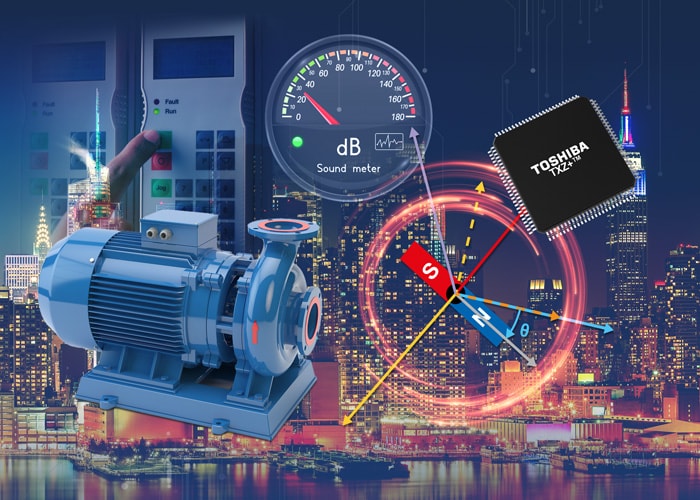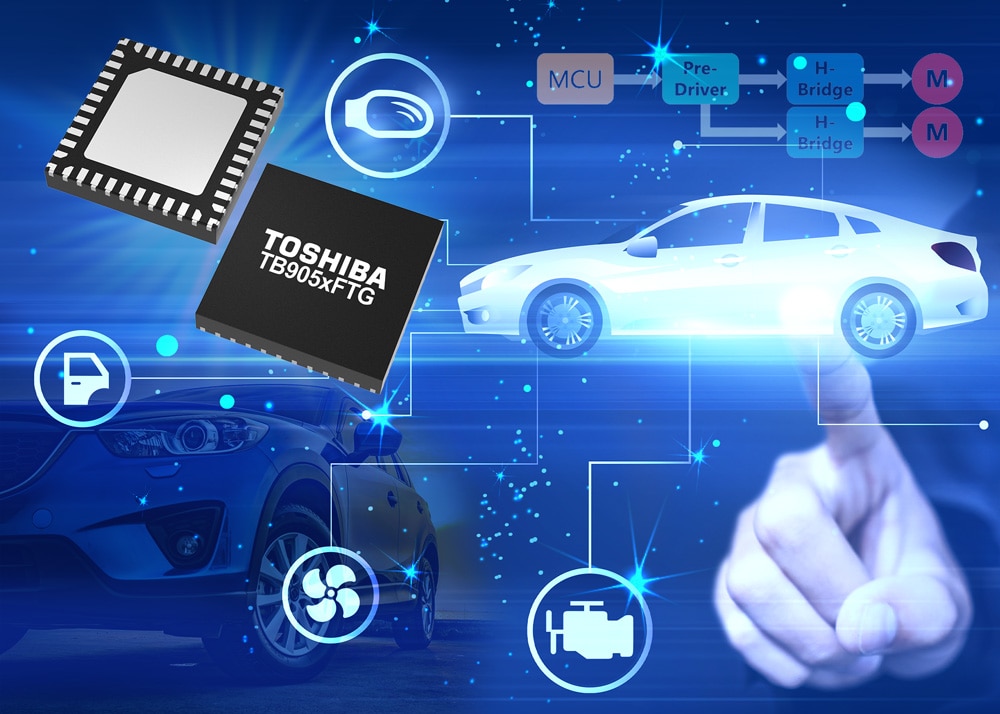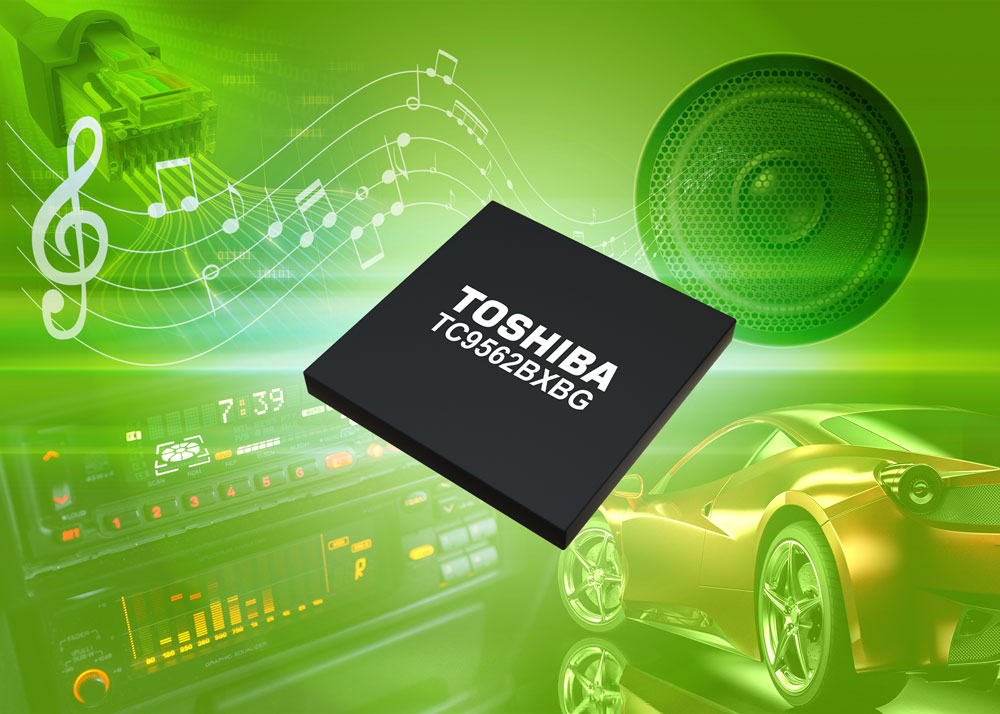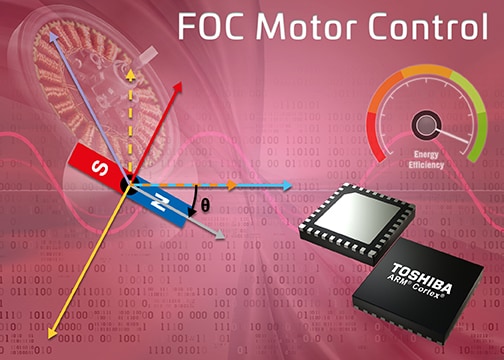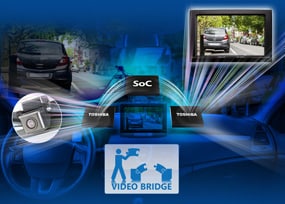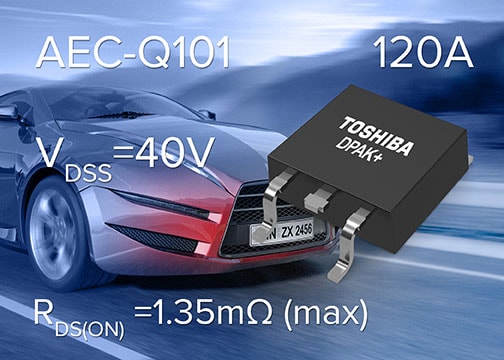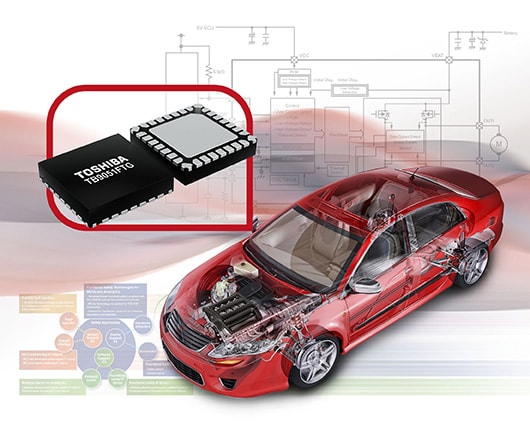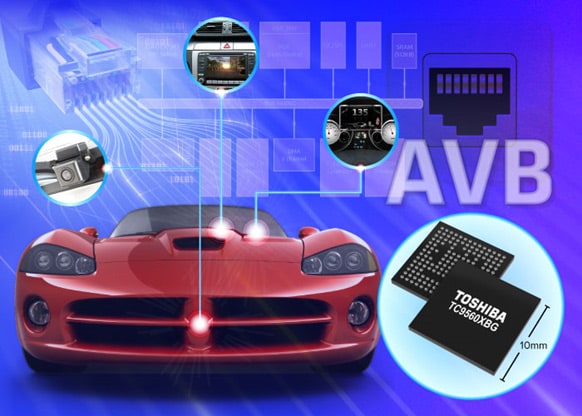- General Top
- SEMICONDUCTOR
- STORAGE
- COMPANY
-
My ToshibaSemicon
- Semiconductor Top
-
ApplicationsAutomotive
Body Electronics
xEV
In-Vehicle Infotainment
Advanced Driver-Assistance Systems (ADAS)
Chassis
IndustrialInfrastructure
BEMS/HEMS
Factory Automation
Commercial Equipment
Consumer/PersonalIoT Equipment
Healthcare
Wearable Device
Mobile
Computer Peripherals
-
ProductsAutomotive Devices
Discrete Semiconductor
Diodes
Transistors
Logic ICs
Analog Devices
Digital Devices
Wireless Devices
※
: Products list (parametric search)
Power SemiconductorsSiC Power Devices
※
: Products list (parametric search)
Isolators/Solid State RelaysPhotocouplers
Digital Isolators
Solid State Relays
Fiber Optic Transmitting Modules
※
: Products list (parametric search)
MOSFETsIGBTs/IEGTsBipolar Transistors※
: Products list (parametric search)
Diodes※
: Products list (parametric search)
MicrocontrollersMotor Driver ICsIntelligent Power ICs※
: Products list (parametric search)
Power Management ICsLinear ICs※
: Products list (parametric search)
General Purpose Logic ICsLinear Image SensorsOther Product ICsOther Product ICs
※
: Products list (parametric search)
-
Design & Development
Design & Development
Innovation Centre
At the Toshiba Innovation Centre we constantly strive to inspire you with our technologies and solutions. Discover how to place us at the heart of your innovations.
-
Knowledge
Knowledge
Highlighted Topics
Further Materials
Other
- Where To Buy
- Part Number & Keyword Search
- Cross Reference Search
- Parametric Search
- Stock Check & Purchase
This webpage doesn't work with Internet Explorer. Please use the latest version of Google Chrome, Microsoft Edge, Mozilla Firefox or Safari.
require 3 characters or more. Search for multiple part numbers fromhere.
The information presented in this cross reference is based on TOSHIBA's selection criteria and should be treated as a suggestion only. Please carefully review the latest versions of all relevant information on the TOSHIBA products, including without limitation data sheets and validate all operating parameters of the TOSHIBA products to ensure that the suggested TOSHIBA products are truly compatible with your design and application.Please note that this cross reference is based on TOSHIBA's estimate of compatibility with other manufacturers' products, based on other manufacturers' published data, at the time the data was collected.TOSHIBA is not responsible for any incorrect or incomplete information. Information is subject to change at any time without notice.
require 3 characters or more.
Futureproofing vehicles – cameras and displays

Technology is being introduced to vehicles at a pace that has never been seen before and, while the latest vehicles have impressive and extensive features, they run the risk of becoming ‘behind the times’ very rapidly. One area that has changed significantly recently is the provision of fully configurable screens in vehicles. While many vehicles have had a single screen for the satellite navigation and infotainment for some time, it is becoming increasingly common that the instrument cluster is now a fully configurable display. In high-end vehicles there is often a third screen that replaces all (or most) of the buttons, knobs and switches.
By taking this approach, the function of the screens (and therefore the vehicle) can be altered with software changes, allowing additional functionality to be added, or ‘bugs’ to be addressed – often with over-the-air firmware.
Alongside this, many vehicles these days have some form of camera, most often a back-up / reversing camera as this is now mandated by law in certain jurisdictions. However, to promote road safety and driver convenience, multiple cameras are being added to vehicles to provide additional functionality such as object identification, blind spot monitoring, lane keeping, automatic headlamps and even monitoring the driver and passengers.
While the apparent pace of change is rapid, in some ways the automotive industry moves slowly. This is primarily due to the extensive testing, qualification and certification required for critical components such as electronic control units (ECUs). These may be ‘current’ for five years or more and, during that time, automotive-qualified peripheral components, including displays and cameras, may change – either to improve performance and resolution or as a result of a device becoming unavailable as manufacturers update their product portfolios.
In order to be able to upgrade vehicle specifications during ‘facelifts’ or to accommodate component changes for any other reason, ECUs for the cameras and displays will need the flexibility to accommodate a variety of video formats and resolutions. Many automotive video solutions are system-on-chip (SoC) that can accommodate a parallel video feed or the MIPI Alliance Camera Serial Interface 2 (CSI-2). Most CMOS cameras provide an RGB output and associated synchronization signals, which interface easily.
However, less sophisticated cameras such as those used for reversing or blind spot detection are often connected via a simple twisted pair that requires the use of a serializer-deserializer (SerDes) that allows the parallel data and control signals (such as I2C) to pass over the twisted-pair cable.
In these types of application, Toshiba’s TC9591XBG video bridge is an ideal device to convert the parallel signal from the SerDer to the required CSI-2 signal format for the SoC. Supporting a 1080P resolution at 60fps, the device consumes less than 80mW and can be configured using I2C interface, which is most likely already available. The parallel input supports 24-bit un-packed formats such as RGB888/666/565, RAW8/1/12/14 as well as YUV422 8-bit and 10-bit data formats, and a PCLK frequency of up to 166MHz. Even if the camera solution were to change over the lifetime of the vehicle, the video bridge can be reconfigured to accommodate.
To understand how these video bridges can be a valuable tool in providing futureproofing flexibility in modern vehicles, please download our comprehensive white paper:


